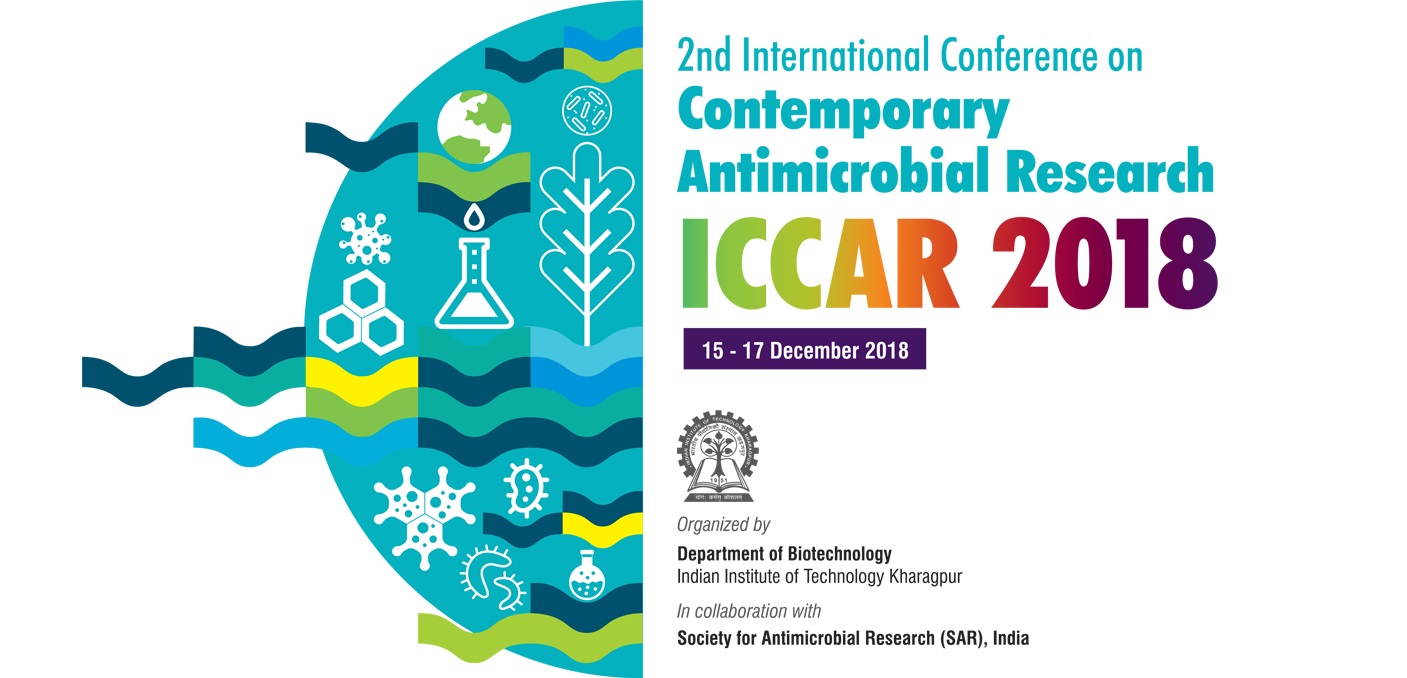
New Repurposed Drugs & Methodology Identified by IIT Kharagpur Researchers
India Today, Times Now, Millennium Post. Outlook, Can India, The Week Headlines Today Hans India Daiji World Researchers from the School of Medical Science & Technology at IIT Kharagpur have identified new drug repurposing candidates for induction of fetal hemoglobin to treat beta-thalassemia patients Blood disorders or hemoglobinopathies such as beta-thalassemia and sickle cell anemia affect millions. Drug-induced increase in fetal hemoglobin has been shown to improve the condition of those affected with these blood disorders. But these drugs have side-effects. Scientists are exploring if ‘repurposed’ or existing drugs can be used to treat these disorders. To find out…

